Autobiographies Samples
-
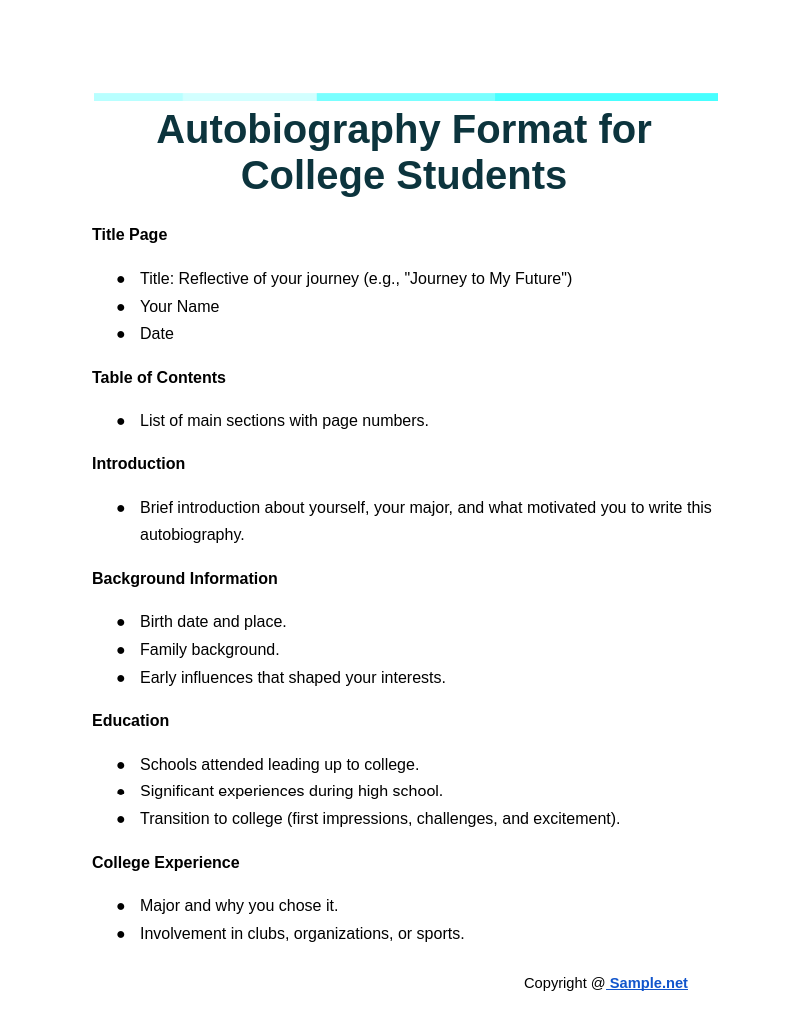
Autobiography Format for College Students
download now -
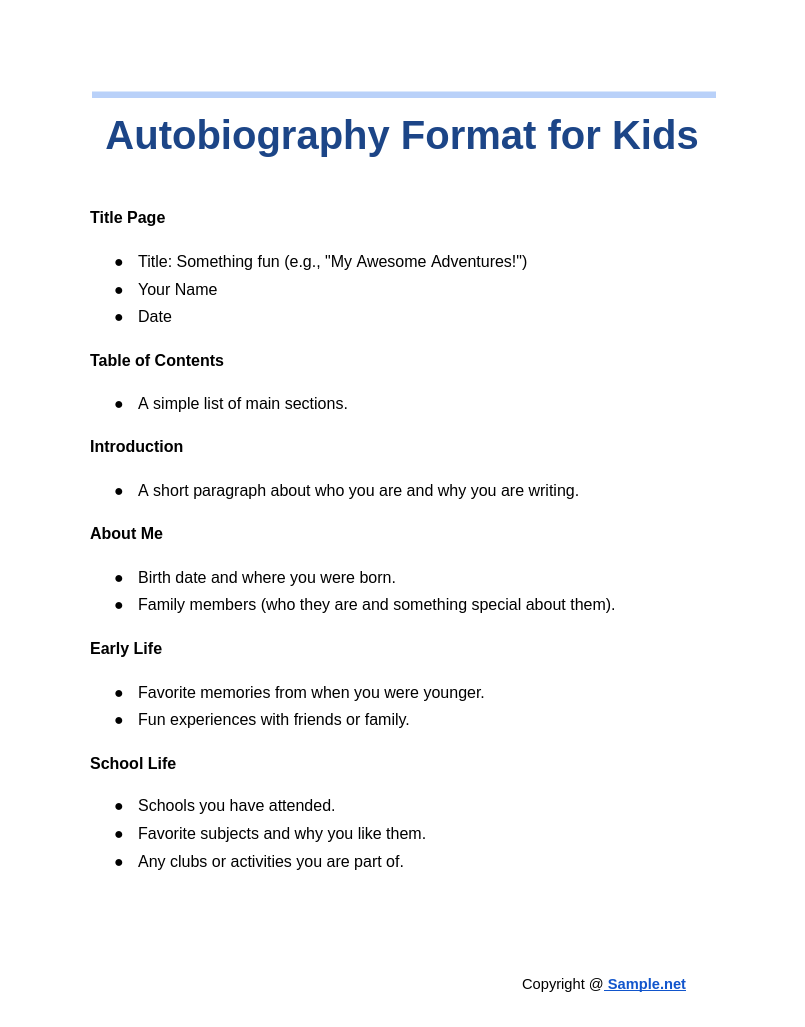
Autobiography Format for Kids
download now -
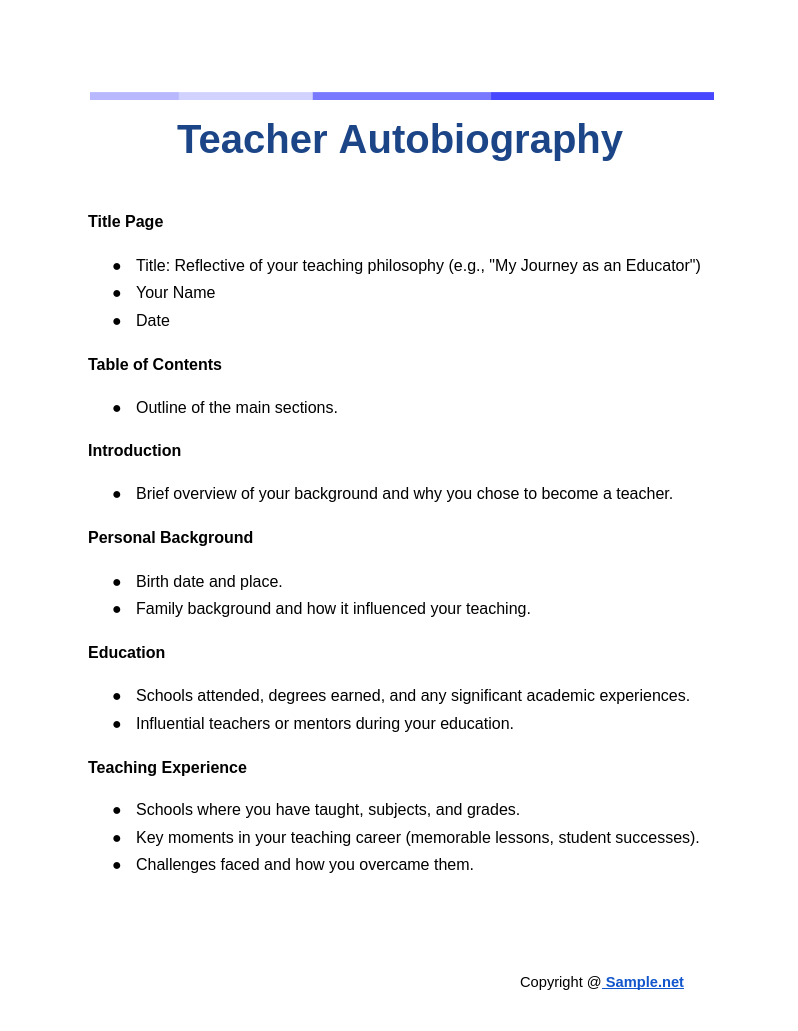
Teacher Autobiography
download now -
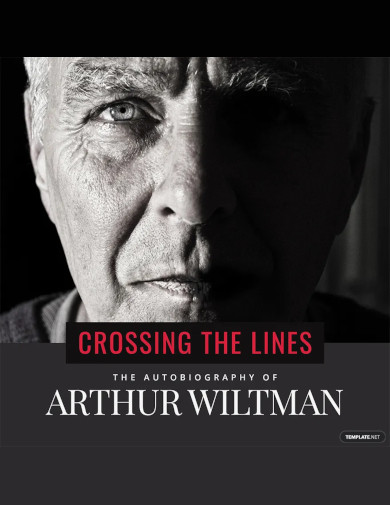
Photo Autobiography Book Cover Template
download now -
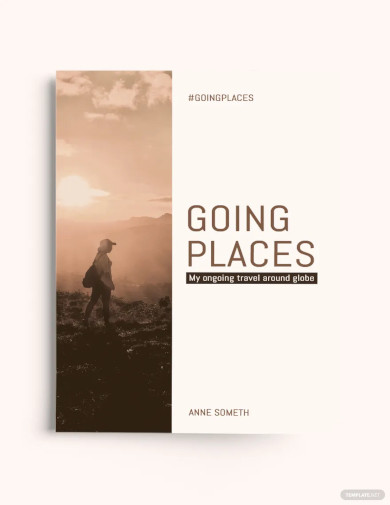
Autobiography Book Cover Template
download now -
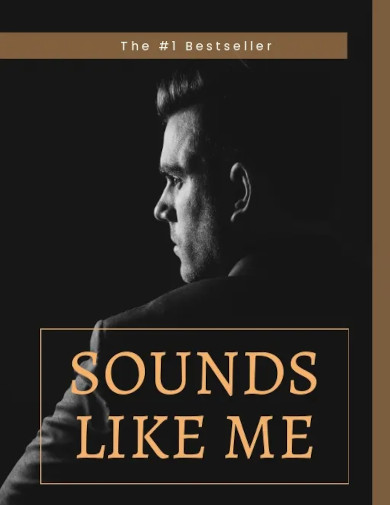
Free Autobiography Wattpad Cover Template
download now -
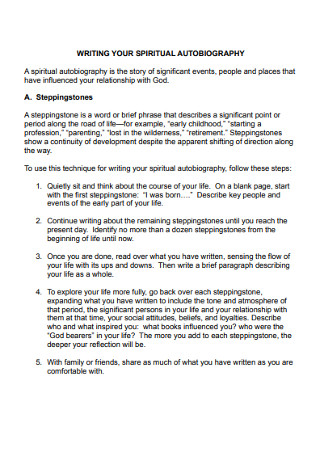
Spiritual Autobiography
-
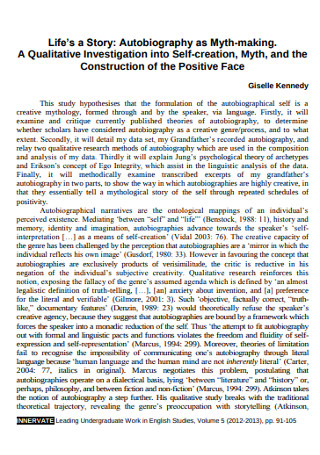
Life’s a Story Autobiography
-
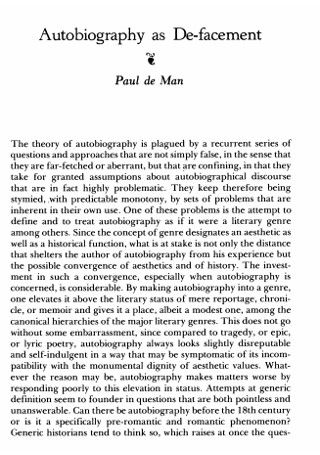
Defacement Autobiography
-

Sample Autobiography
-
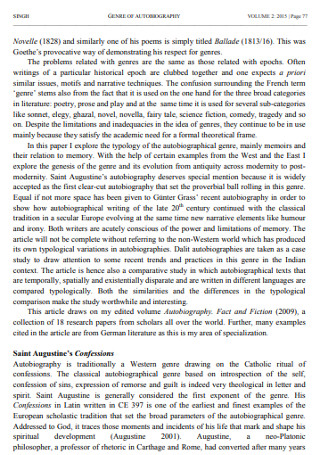
Genre Autobiography
-
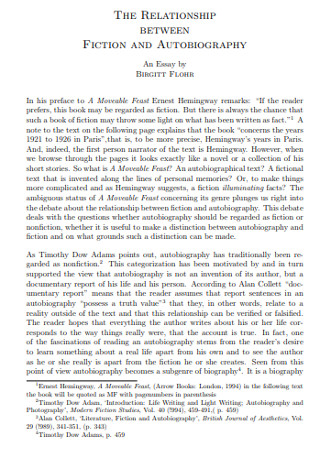
Relationship and Autobiography
-
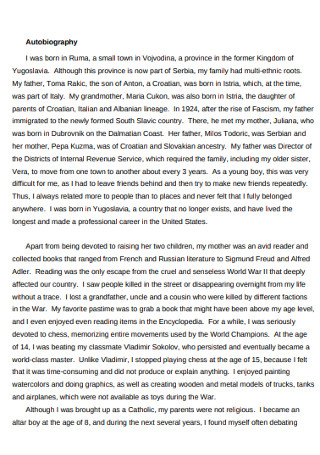
Simple Autobiography
-
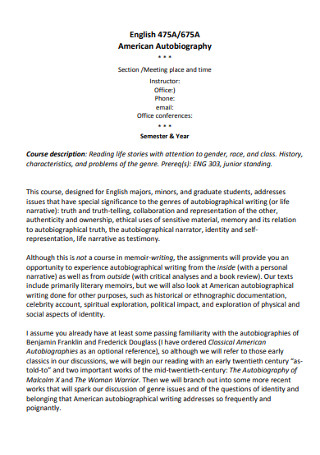
Meeting Autobiography
-
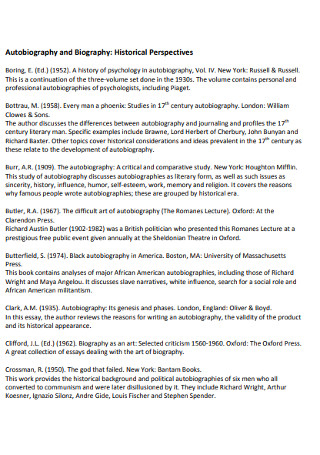
Historical Perspectives Autobiography and Biography
-
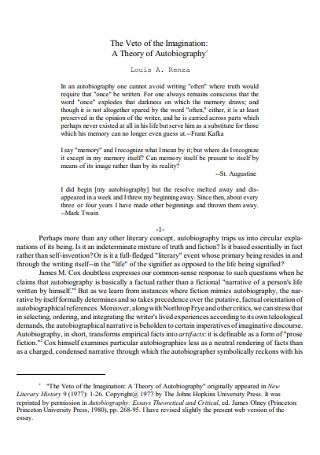
Theory of Autobiography
-
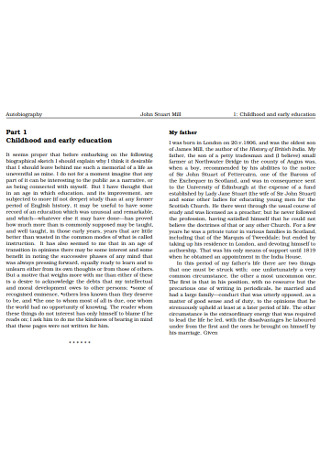
Childhood Autobiography
-
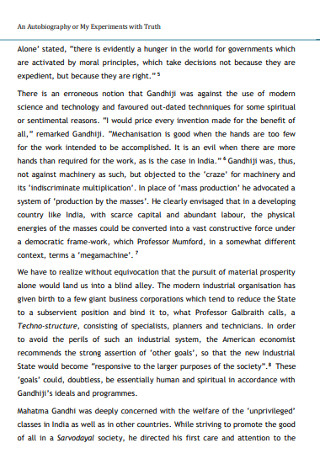
Autobiography or My Experiments with Truth
-
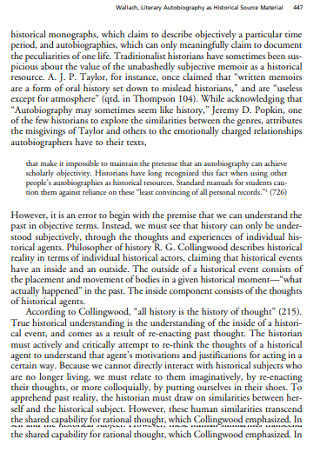
Literary Autobiography
-
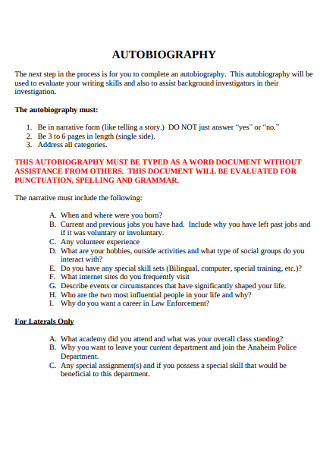
Formal Autobiography
-
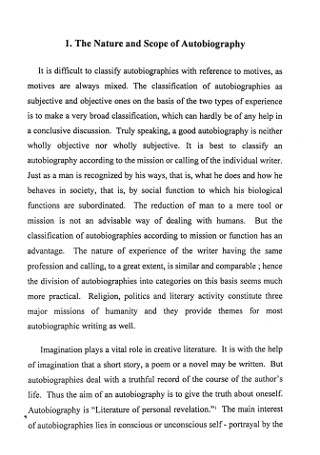
Nature and Scope ofAutobiography
-
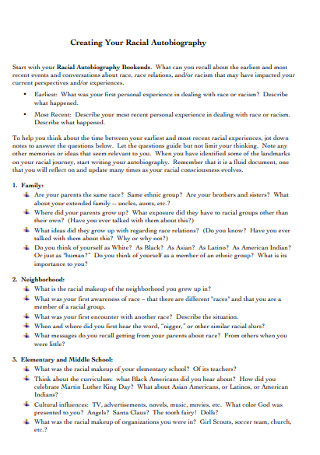
Racial Autobiography
-
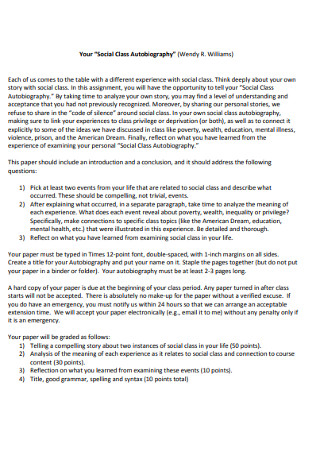
Social Class Autobiography
-
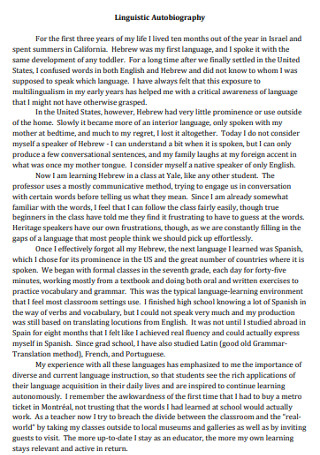
Linguistic Autobiography
-
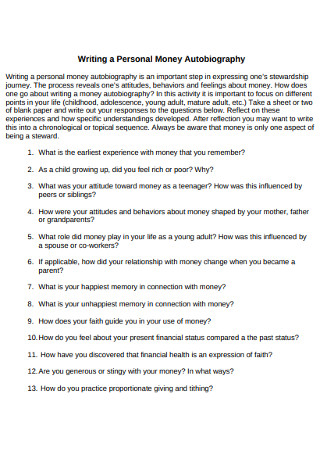
Personal Money Autobiography
-
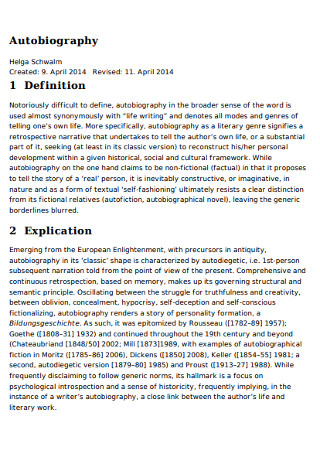
Sample Autobiography Book
-
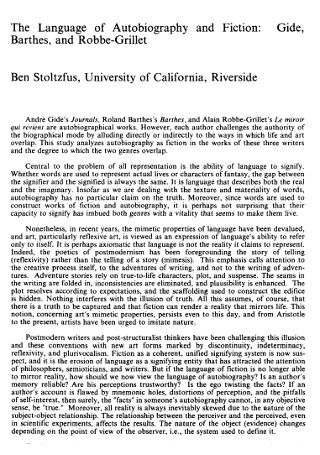
Sample Language of Autobiography
-
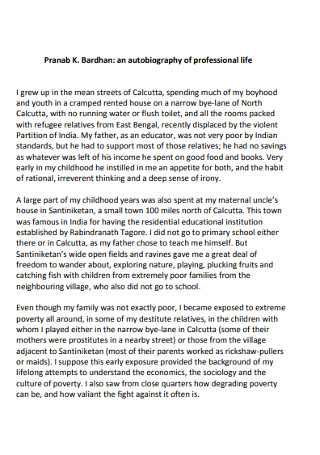
Professional Life Autobiography
-
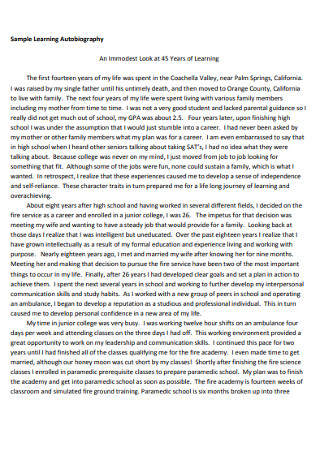
Sample Learning Autobiography
-
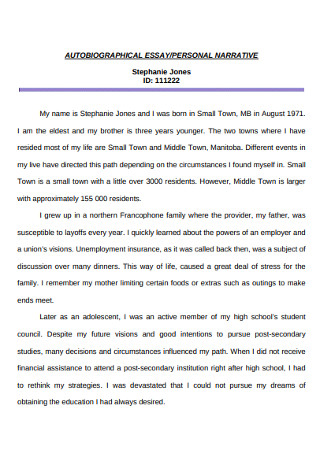
Personal Autobiographical Essay
-
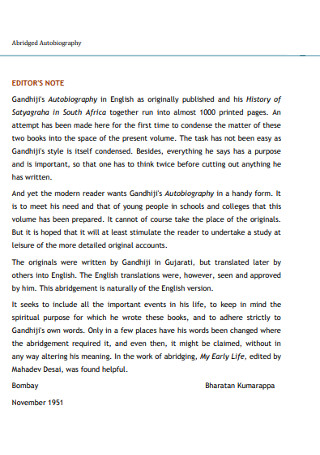
Abridged Autobiography
-
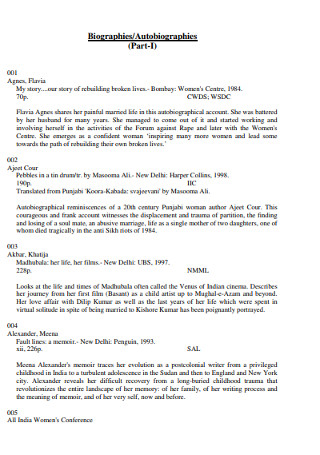
Sample Womens Autobiographies
-
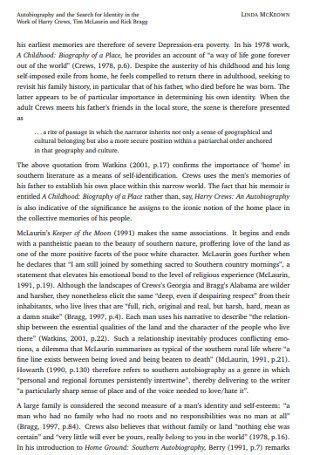
Printable Autobiography
-
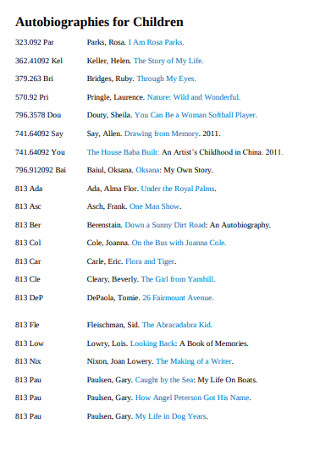
Autobiographies for Children
-

Faith Autobiography
-
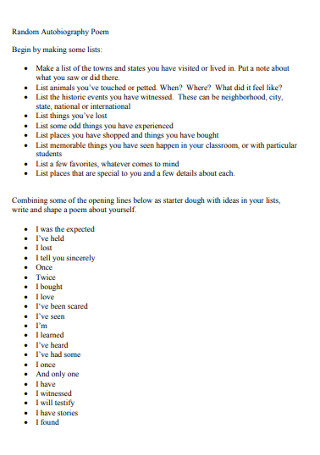
Random Autobiography Poem
-
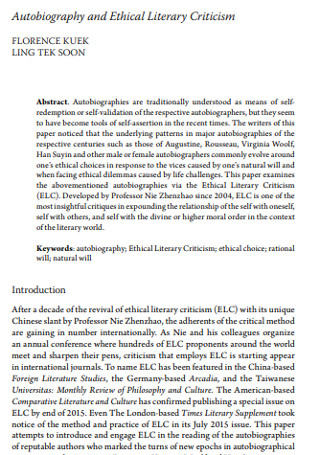
Autobiography and Ethical Literary
-
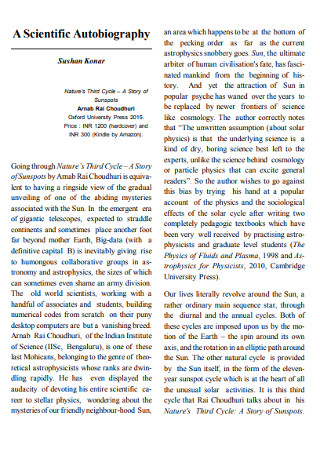
Sample Scientific Autobiography
-
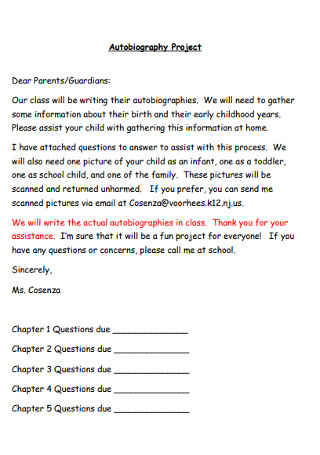
Sample Autobiography Project
-
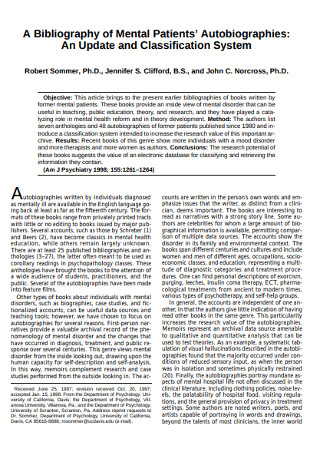
Mental Patient Autobiography
-
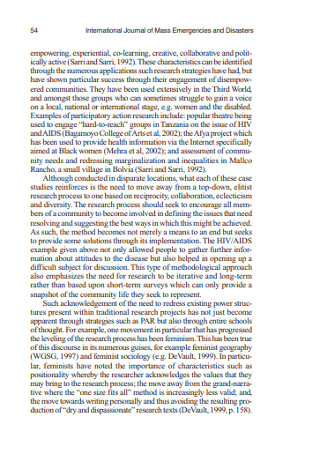
Disasters Autobiography
-

Autobiography and Background Information
-
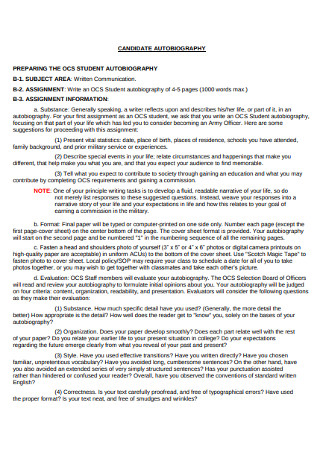
Sample Candidate Autobiography
-
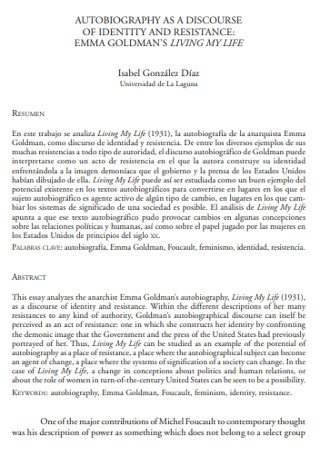
Sample Autobiography Discourse
-
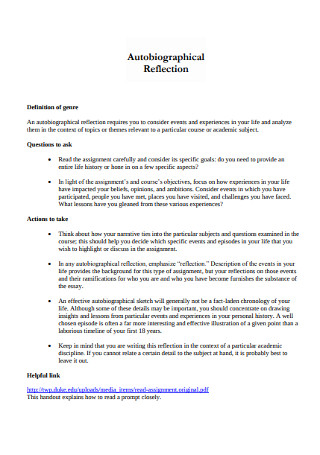
Sample Autobiographical Reflection
-
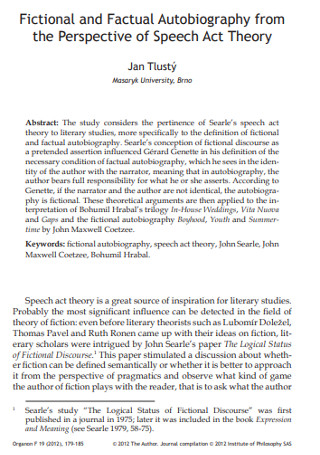
Fictional and Factual Autobiography
-
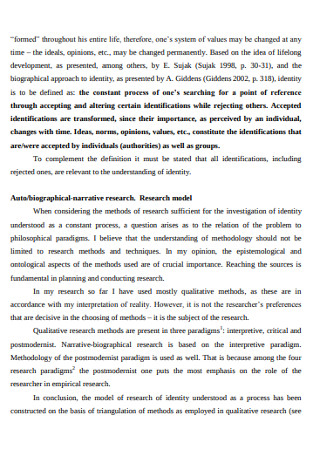
Narrative of Autobiography
-
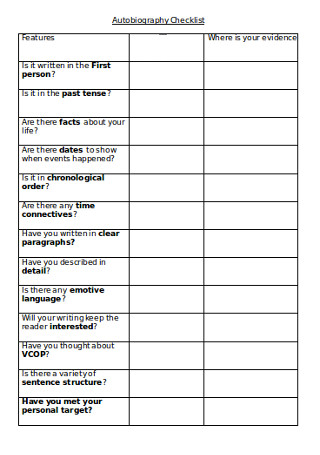
Sample Autobiography Checklist
-

Educational Autobiography
-
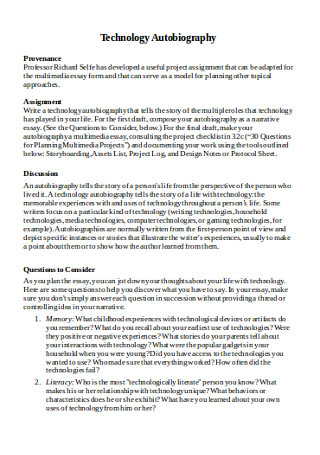
Technology Autobiography
-
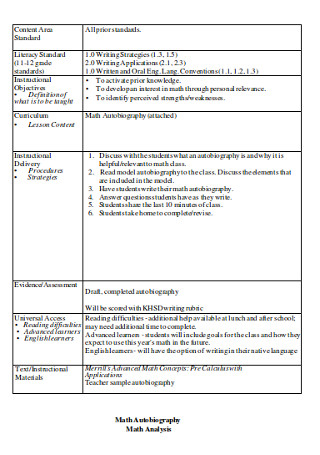
Sample Math Autobiography
-
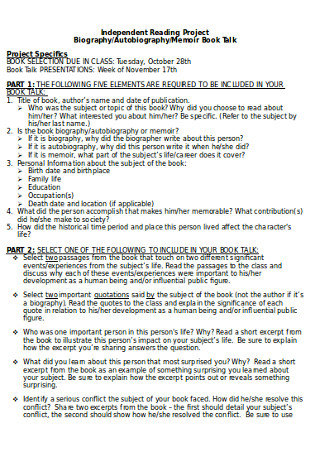
Independent Autobiography Reading Project
-
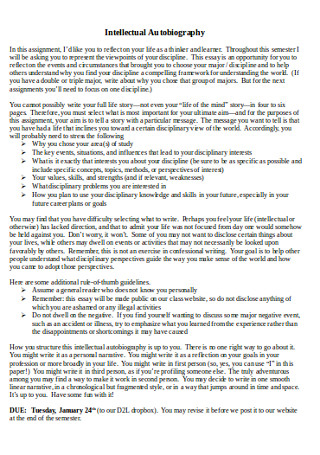
Intellectual Autobiography
-
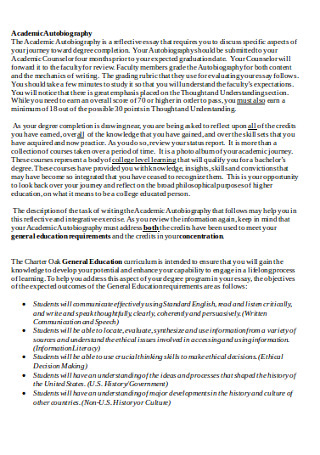
Sample Academic Autobiography
-
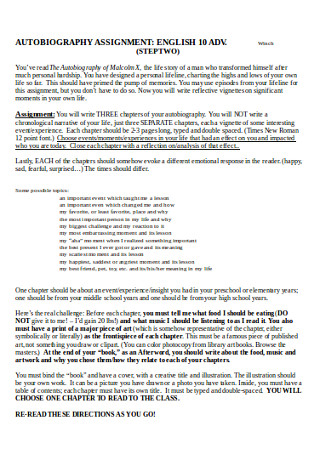
Sample Autobiography Assignment
-
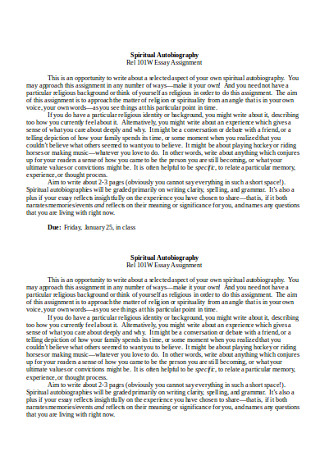
Spiritual Autobiography in DOC
FREE Autobiographies s to Download
Autobiography Format
Autobiographies Samples
What is an Autobiography?
The Elements of an Autobiography
How to Write an Autobiography
FAQS
Can autobiographies include fictional elements?
What should be avoided when writing an autobiography?
How does an autobiography impact readers?
Is it necessary to follow a chronological order in autobiographies?
What role does memory play in writing autobiographies?
Why do people prefer reading autobiographies over biographies?
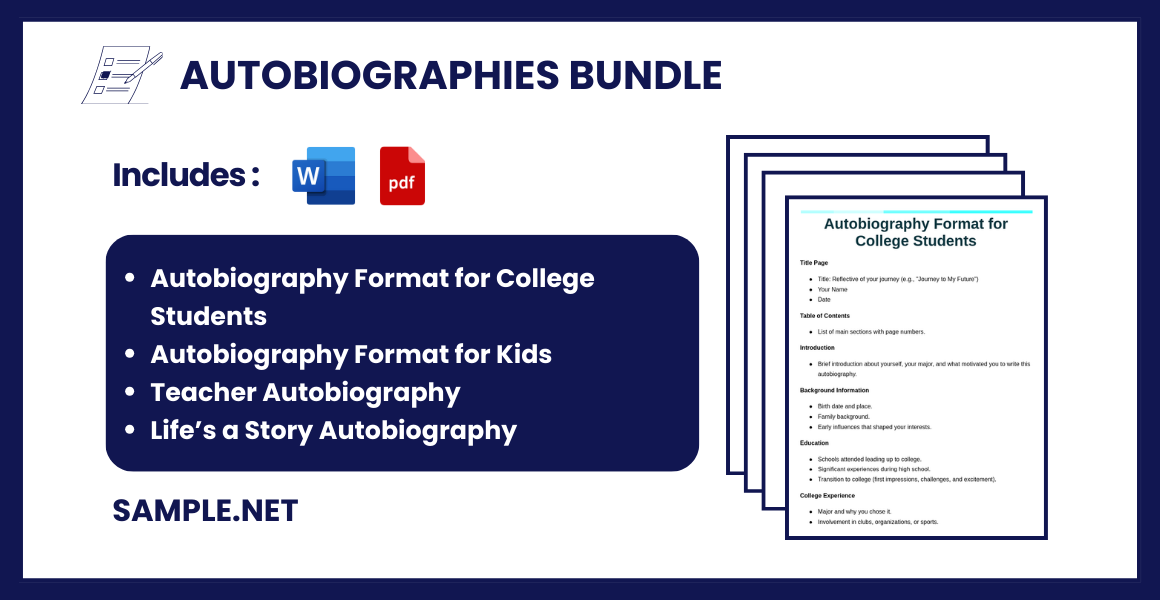
Autobiography Format
1. Title Page
- Title: Choose a title that reflects your story.
- Your Name
- Date
2. Table of Contents
- List the main sections or chapters with page numbers.
3. Introduction
- Briefly introduce yourself and state the purpose of your autobiography.
4. Early Life
- Birth date and place.
- Family background (parents, siblings, etc.).
- Early childhood experiences and memories.
5. Education
- Schools attended (elementary, high school, college).
- Significant achievements or challenges during your education.
- Influential teachers or mentors.
6. Career
- Overview of your career path and major jobs.
- Key experiences that shaped your professional life.
- Achievements and milestones.
7. Personal Life
- Important relationships (family, friends, partners).
- Life-changing events (marriage, children, etc.).
- Hobbies and interests.
8. Challenges and Triumphs
- Significant obstacles faced and how you overcame them.
- Key lessons learned from your experiences.
9. Reflection
- Thoughts on how your past has shaped who you are today.
- Insights about life and personal growth.
10. Conclusion
- Summarize your journey and express any final thoughts or hopes for the future.
11. Acknowledgments
- Thank those who have supported you throughout your life.
12. Appendices (if applicable)
- Additional documents, photos, or materials relevant to your story.
What is an Autobiography?
An autobiography is a self-written account of a person’s life, created by the individual themselves. It typically includes personal stories, life experiences, achievements, challenges, and reflections from the author’s perspective. Unlike a biography, which is written by someone else, an autobiography offers an intimate, first-hand look into the author’s thoughts, emotions, and personal journey. It can cover the entire lifespan or focus on specific events or periods. You can also see more on Script Format.
The Elements of an Autobiography

When writing about your life, you want to make sure that your audience not only recognizes what you’ve gone through but also the effort you put into creating something compelling enough to entertain and inspire those who read it. Listed below are some key elements of an autobiography to consider. You can also see more on Thank You Speech For Award.
How to Write an Autobiography

The hardest part of writing an autobiography is getting started. It’s not easy to put decades’ worth of ups and downs into a notebook and journal, let alone a book that you plan to publish for other people to read. Fortunately, you can ease the process by breaking the steps down to something more manageable. Whatever your motivation is for writing the memoir, these steps can help you get through the process as effortlessly as possible. You can also see more on Personal Statements.
Step 1: Create a Timeline
Begin writing about your life story by doing some research about yourself. An excellent way to make sure you cover all the most essential times in your life is by putting all these data into an event timeline. This is the part where you start brainstorming on details that are worth highlighting in your memoir. It doesn’t have to begin from the day you were born, as you could always focus on the later years of life that made a difference in your upbringing. You can write about your life as a student, as well as your career, relationships, and other life-altering events that you care to share.
Step 2: Identify the Main Characters
Every story comes with a set of characters. This could be your friends and your foes, or generally the people who influenced your life somehow. To make things more interesting, you can even note the protagonists and antagonists in your story to add drama and conflict where you need them. Old friends and bitter exes can even co-star in some lines of your story. It’s important to think beyond your immediate family to others who caused you tears and joys through every milestone you ever achieved. While it isn’t necessary to dedicate an entire chapter to play out their roles in your story, it’s still essential to let your readers know why these individuals deserve a shutout in your autobiography.
Step 3: Note Down the Best Memories
It will take forever for you to write down your entire life story, so you’ll have to decide what you want to include to paint a clear picture of your life. It’s a good idea to approach the situation with a project plan that you could follow. Some topics that might fascinate readers include one’s childhood story, coming-of-age story, falling-in-love story, mid-life crisis story, and other relevant issues that might have changed your life for the better or worse. Once you have everything down on paper, you can pull it all together to draft the main body of your autobiography.
Step 4: Make it Revealing
People read autobiographies to see what it’s like in someone else’s shoes. Therefore, all you have to do to interest readers is to be yourself. Write as if you’re opening your heart out to someone close to you, but in a sense that is clear and organized for them to grasp. It’s about giving your story a personality that reflects your own. It doesn’t matter how funny, dramatic, or spiritual you want it to be, as long as it reveals your true self in the purest sample form.
Step 5: Capture the Spirit of the Times
Apart from what’s happening in your inner circle, talk about the events occurring in the real world. It’s a smart way of making your story sound even more compelling as you also try to make your readers understand the proper sequence of the events you are describing.
Autobiographies serve as powerful tools for sharing personal stories, lessons, and insights. They not only allow authors to explore their own lives but also offer readers an intimate look into diverse experiences and perspectives. Whether it’s overcoming challenges, achieving goals, or reflecting on life’s moments, autobiographies provide valuable les sons and inspiration. Writing an autobiography is both a personal journey and a contribution to literature. You can also see more on Literature Review.
FAQS
Can autobiographies include fictional elements?
While autobiographies should be factual, some authors may use creative techniques to enhance storytelling. However, these elements should not distort significant events. Honesty is crucial for authenticity.
What should be avoided when writing an autobiography?
Avoid exaggeration, bias, or altering facts to present a perfect image. Be mindful of privacy and sensitive topics, especially when involving others in the narrative. Strive for transparency and accuracy. You can also see more on Review Sample.
How does an autobiography impact readers?
It offers readers personal insights, inspiration, and lessons from real-life experiences. Autobiographies help readers relate to the author’s struggles, triumphs, and perspectives. They can evoke empathy, motivation, and deeper understanding.
Is it necessary to follow a chronological order in autobiographies?
While many follow a chronological order, it’s not mandatory. You can start with significant events and use flashbacks to maintain interest. The structure depends on the author’s storytelling approach.
What role does memory play in writing autobiographies?
Memory is central, but it can be subjective. Authors rely on personal recall, journals, or family accounts. While memories provide authenticity, they should be cross-checked for accuracy when possible. You can also see more on Writing Samples.
Why do people prefer reading autobiographies over biographies?
Readers often find autobiographies more intimate as they offer direct insights from the author. They provide unfiltered perspectives, making them feel more personal and relatable than biographies written by others.
